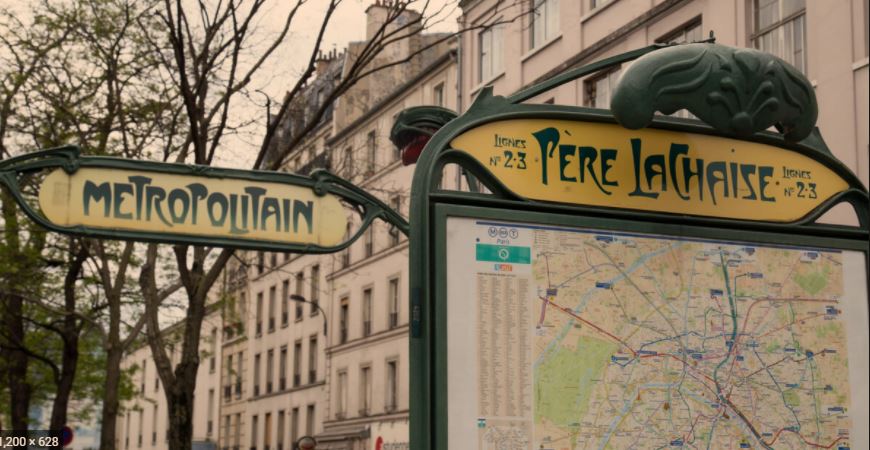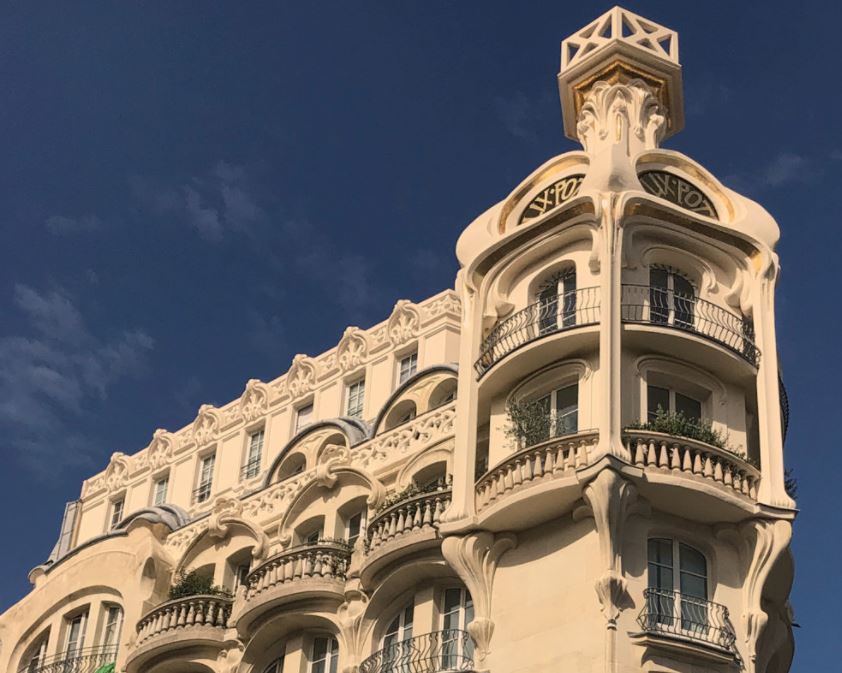Modernist architecture, or modernism, is a style that emerged in the early 20th century in response to large-scale changes in both technology and society. Abandoning ornamentation and embracing minimalism, modernism became the most important new style or philosophy of architecture and design of the 20th century. Modern architecture emerged in the late 19th century from the 19th century as a result of revolutions in technology, engineering and building materials and the desire to break with historical architectural styles and invent something purely functional and new. The debut of new materials and methods inspired architects to break with the neoclassical and eclectic patterns that dominated European and American architecture in the late 19th century, especially eclecticism, Victorian and Edwardian architecture, and the Beaux-Arts architectural style.
Modernism was further developed in the 1960s, when architects such as Louis Kahn and Eero Saarinen began to reject the International Style, disappointed with the dry aestheticism of many postwar urban designs. Inspired by European Modern Art Cubism, the square forms of International Style buildings also embody new social architectural theories. The International Style, with its unmistakably unkempt appearance of rectangular shapes interspersed with sash windows, announces a new “modern” vision of architectural style and purpose. Modern sports buildings are radically different in concept and design, constantly testing the limits of form, material and function.
The modern architecture movement represents a dramatic shift in building design, from the traditional forms and building methods of the past to a new era of design. Modernism developed in all areas of the arts, not just in architecture, as a means of welcoming and responding to new technologies in machines, automation, and urban design. Decades after modernism became the predominant architectural mode of expression, it is arguably even more popular than during its post-World War II heyday.
Modernist architecture is concerned with the function of buildings, proper analysis, rational use of materials, elimination of ornamentation and ornamentation, and the discovery of structural innovations. In architecture, it is defined as a design language that emphasizes form rather than decoration; structure and material rather than graphic structure; rational and efficient use of space.

The Art Deco architectural style (called Art Nouveau in France) was modern, but not modernist; it had many features of modernism, including the use of reinforced concrete, glass, steel, chrome, and the rejection of traditional historical models such as the Beaux-Arts style and neoclassicism; but, in contrast to the modernist styles of Le Corbusier and Mies van der Rohe, he used embellishments and colors lavishly. Although relatively little architecture was actually produced, the influence of buildings such as the Rietveld Schröder House (1924) can be seen in the work of architects such as Mies van der Rohe. The architectural designs of Walter Gropius were more like huge sculptures than traditional modern buildings; it separates from elegant boxes inspired by Ludwig Mies van der Rohe and instead uses sweeping curves and parabolas like bird wings.

Well versed in the history of modernism, this architect often awakens the spirit of his famous masters when faced with a design challenge. The only architect with the widest range of modernist competencies: he has worked at the Bauhaus Foundation Dessau, an institution founded in 1994 to develop the original Bauhaus heritage, and, together with the prolific design writer Rainer Weisbach, is co-author of UmBauhaus – Modernism Renewal. – The Bauhaus Foundation Dessau, an institution founded in 1994 to develop the original heritage of the Bauhaus, and together with the prolific design writer Rainer Weisbach, co-author of UmBauhaus. Foundation in Dessau. The De Stijl movement, also known as Neo-Plasticism, influenced designers around the world until the 20th century.
Frank Lloyd Wright believed that all architecture was organic, and early 20th century Art Nouveau architects incorporated curved plant-like forms into their designs. Just look at the designs of Frank Lloyd Wright and many other iconic architects. Yes, some of these modern designs may have flat roofs and boxy shapes, but they’re certainly not boring. Modern architects express themselves through simple, clear views of structural elements and the avoidance of unnecessary design details. Modern architecture flaunts the actual structures and materials used in buildings, rather than covering them with decorative patterns.
When you look at images of these contemporary building design approaches, note that contemporary architects often draw on different design philosophies to create striking and unique buildings. However, the two designs will always mix and match, even in the images in this article. Overall, contemporary architecture is defined by clean lines and minimalist interiors that allow the property to speak for itself and take center stage. While the model may be linear, clean, and concise, there is certainly warmth to be found in contemporary architecture. In addition, most modern floors have fewer walls, creating a more welcoming and open living space that most people crave. Blending traditional and modern architectural elements works well if done right and with a touch of restraint. There are many examples of these two seemingly opposing styles being successfully combined together in a single cohesive design.
Features of desert modernism include large glass walls and windows; spectacular roof lines with wide overhangs; open floor plans with outdoor living spaces included in the overall design; a combination of modern (steel and plastic) and traditional (wood and stone) building materials. In architecture, these characteristics are classified as appearance, structure, materials, and historical period, and apply to all styles of architecture, including contemporary. Modern architecture is an architectural style that refers to a large group of similar buildings that emerged in many countries as a result of the practice of many architects between the 1920s and 1950s. The photographs featured here illustrate a wide range of architectures: Expressionism, Constructivism, Bauhaus, Functionalism, Internationalism, Mid-Century Desert Modernism, Structuralism, Formalism, High-Tech, Brutalism, Deconstructivism, Minimalism, De Stijl, Metabolism, Organics, Postmodernism and Parametricism.
Technical innovation, experimentation, and rethinking how people lived and used designed environments, buildings, or landscapes have been hallmarks of contemporary architecture practice. Frank Lloyd Wright developed the pre-World War I approach to home design known as Prairie Style, which set the stage for the influx of European modernism in the 1920s and 1930s, especially Art Deco.

